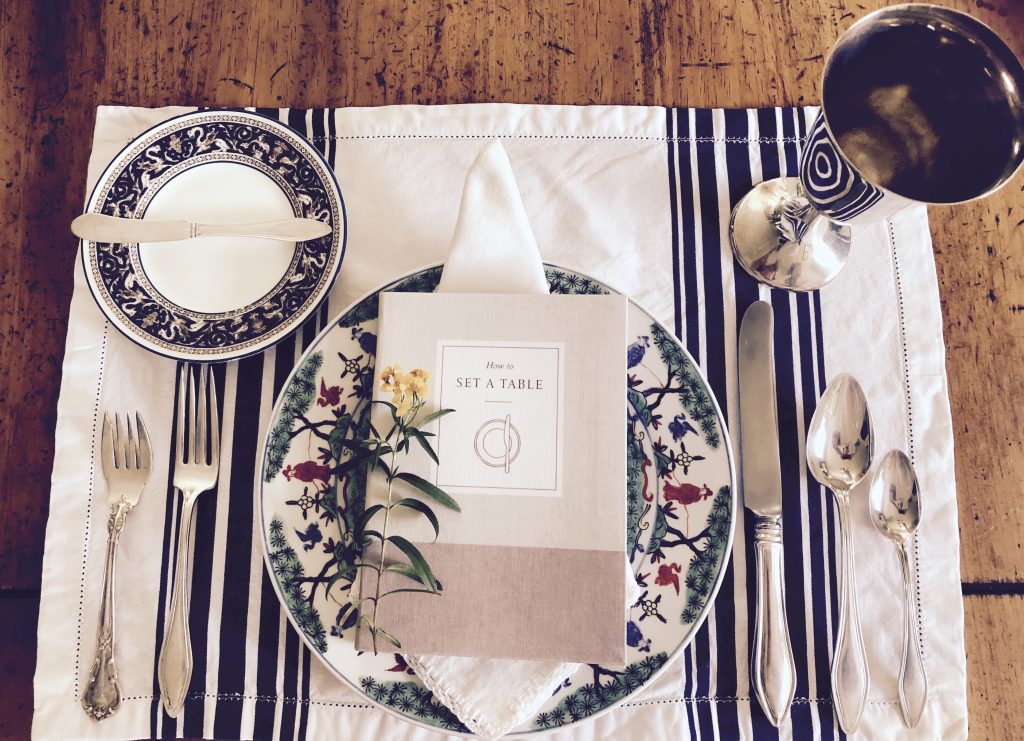
Special Post by Guest Blogger Roben Mounger
One cannot think well, love well, sleep well, if one has not dined well.
– Virginia Woolf
What in the name of Sam Hill’s grandmama’s silver is needed by the generations to come? One insurance executive commented that “technology is developing so fast that autonomous vehicles could be available by 2032, meaning babies born today may never have to take a driving test.”
If that’s what’s in store, what will become of the competitive edge for things like buying fancy schmancy cars? Self sufficient endeavors like growing the best garden might be an answer and a possible leap forward in the culture. What goes around comes around.
My grandparents taught me about growing vegetables and maintaining a chicken coop in the backyard. They schooled me in how to sew on a button and put in a hem; how to iron a shirt and make boiled custard; how to mop a hard-to-clean checkered kitchen floor; how to use the public library and behave in the company of others.
They also required that I set the table for each meal, a job that I failed to appreciate. For me, rules that never wavered were a drag. Things today have gone a bit slack in this, yet another, category of…. “why bother?” Behold, rules for household management are now of a refreshingly reliable nature.
And considering the never ending river of paper and plastic products streaming across the world table and into the landfill, we should think again. In the face of such despair, there is a growing recognition that a daily diet of beauty is not only enjoyable, but as The New York Times reported, “can speed patient recovery, aid learning in the classroom and spur productivity in the workplace.”
To that, as humble as it seems, a prepared table set and ready for a meal may revitalize life with its inestimable beauty. Somehow I believe that the erudite publisher Clarkson Potter has mystical awareness. They have, after all, been in the lifestyle book business since 1959. Their books are instructional as they are visually stunning.
From bloggingforbooks.com, I chose one of the publisher’s creations, a linen-like text, How to Set A Table, for its alluring cover design and simple statement of intent. Believe it or not, it’s a real page turner with exquisite zen-like photos prompting ease in the daily routine of setting a table.
Inside the tiny book are decrees to be treasured. With the new world of specialty cocktails, who doesn’t need a tutorial in the different kinds of glassware? A generation or two of instruction has been bypassed, so a succinct primer in flatware types and their placement is elementary yet necessary.
How to successfully iron a tablecloth is weirdly helpful. Also, useful and proper table manners for a relaxed and happy meal are scattered throughout like the mothering voice for which you long.
But what is mandatory for continued use is how occasions are broken into their own chapters with advice on how to set the dining table, the breakfast bar, the coffee table, the picnic blanket, the bistro table, the console and the serving tray.
With appreciation you’ll note that How to Set A Table counsels, “personality is always the most important ingredient.” I will give tribute to this notion when I joyfully make the book a gift, from Lemuria to my grandchildren .
And they will know that it is essential for home because they’ll see that it stands next to my beloved copy of Dinner by Melissa Clark. But that is another story.
*I received this book free from Blogging for Books, but was in no way required to provide anything but an honest review.
Paella Bowl
My mother had an elegant flair for entertaining. Her primary guests were family members. Pre national food obsession, she took a class in Spanish cooking and derived a family heirloom – a recipe for paella.
I treasured that recipe for special events, but over time prepared it less and less as it was heavy in exotic proteins. Later I adopted a quickie paella from the pages of Real Simple which made use of pre-prepared ingredients.
With the following recipe, however; I feel that I have graduated to a contemporary and divinely inspired paella.
Here it is:
broth
3 1/2 cup vegetable broth
2 teaspoons smoked paprika
1 teaspoons sea salt
1/4 teaspoon saffron threads
saute
3 tablespoons olive oil
5 artichoke hearts, quartered
1 medium yellow squash or zucchini, halved lengthwise and cut into 1/4 inch slices
1 small red bell pepper, coarsely chopped
1 small roma tomato, coarsely chopped
4 garlic cloves, minced
4 ounces green beans, trimmed and cut into 2 inch pieces
2 cup frozen lima beans or edamame
1 cup paella or arborio rice
garnish
1/3 cup green peas, thawed if frozen
1 jar roasted red pepper, cut into 1/3-inch strips
1/4 cup minced parsley
lemon slices
broth
heat the broth, paprika, salt and saffron in a saucepan over high heat, bring to boil, reduce to simmer. cover and keep warm over low heat.
saute
heat the oil in a 13 inch skillet over medium high heat. add the artichoke and squash and cook until golden brown, about 4 minutes. transfer to a medium bowl. add the bell pepper, tomato and garlic. cook, stirring occasionally, until the tomatoes break down. add the green beans and lima or edamame beans. add the rice, spreading it evenly over the vegetables. add the broth, taking care not to disturb the rice too much, but ensuring that the rice is submerged in the broth. reduce the heat to medium and cook until the rice is al dente, about 14 minutes. arrange the squash and artichoke hearts on the paella and continue to cook until the rice is tender and the broth is absorbed, about 4 minutes longer.
garnish
scatter the peas over the paella, arrange the strips of pepper on top of the paella and sprinkle with the parsley. remove from the heat, cover and set aside for 5 minutes before serving. serve in bowls with lemon slices.
 Before August 2018, Margerita had never seen a football game. Not “American football,” anyway. Her first game experience was at Jackson Academy, where the Raiders hosted Lamar School at the Brickyard. This was where she learned firsthand what it means to make a tackle and to sack an opponent—and she was hooked! Soon she started a blog, which is sharing her life-changing experiences with both the American and European public. After highly encouraging feedback from readers, she decided to write a full-length book—a visual, highly-compelling look at not only her perspective from the field, but the culture around football . . . and especially the culture of the steamy, sun-drenched south.
Before August 2018, Margerita had never seen a football game. Not “American football,” anyway. Her first game experience was at Jackson Academy, where the Raiders hosted Lamar School at the Brickyard. This was where she learned firsthand what it means to make a tackle and to sack an opponent—and she was hooked! Soon she started a blog, which is sharing her life-changing experiences with both the American and European public. After highly encouraging feedback from readers, she decided to write a full-length book—a visual, highly-compelling look at not only her perspective from the field, but the culture around football . . . and especially the culture of the steamy, sun-drenched south.

 One of my all-time favorite books–French or not–is
One of my all-time favorite books–French or not–is 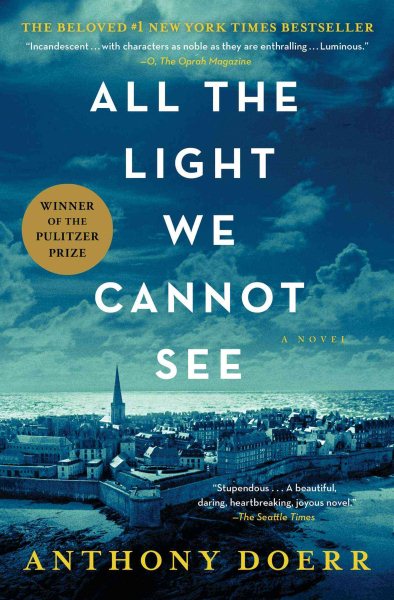 Two recent books that completely captured me were
Two recent books that completely captured me were 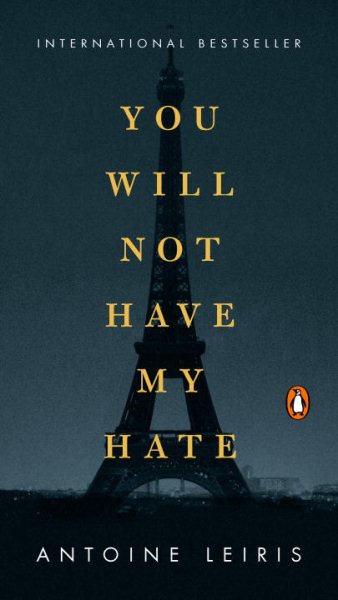 On November 13, 2015, the world watched in horror as terrorists attacked Parisians going about life at football matches, concerts, dinners, time spent with friends and family. Journalist Antoine Leiris lived another horror that night: turning on the news and seeing that the Bataclan Club, where his wife was attending a concert, had been attacked. In
On November 13, 2015, the world watched in horror as terrorists attacked Parisians going about life at football matches, concerts, dinners, time spent with friends and family. Journalist Antoine Leiris lived another horror that night: turning on the news and seeing that the Bataclan Club, where his wife was attending a concert, had been attacked. In  A few years ago, AFJ was fortunate to host Memphis historian for a program based on his book,
A few years ago, AFJ was fortunate to host Memphis historian for a program based on his book, 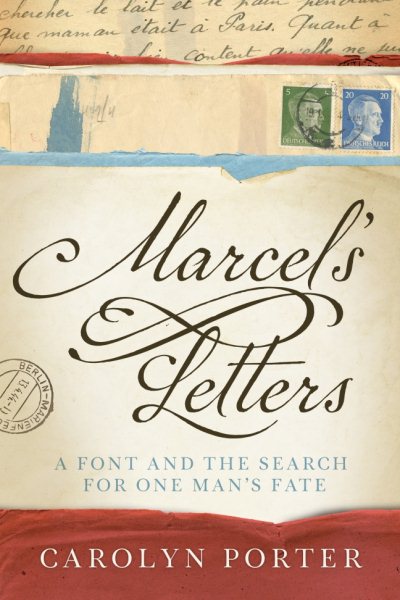 As a Francophile graphic designer who spends most of her reading time studying World War II,
As a Francophile graphic designer who spends most of her reading time studying World War II, 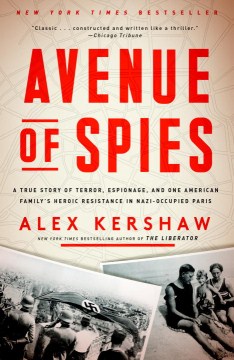
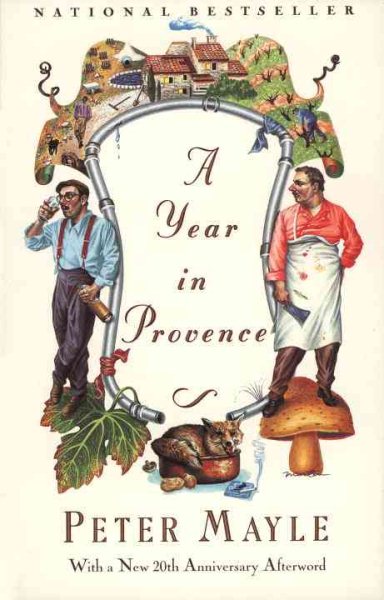 Peter Mayle’s
Peter Mayle’s 
 Photographer Nichole Robertson used color to organize her coffee-table book
Photographer Nichole Robertson used color to organize her coffee-table book 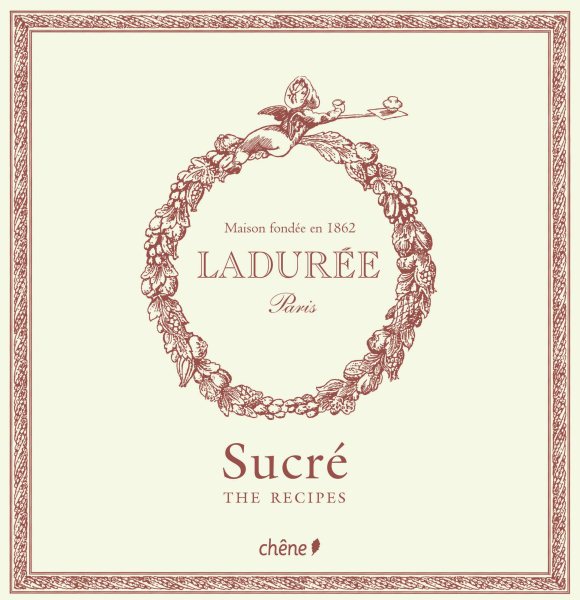 Because I believe in desserts first to be sure I’m not too full for the sweets, I’ll begin with Ladurée: The Sweet Recipes, a collection from the famous Paris (now worldwide) pâtisserie. Baking isn’t my strength in the kitchen, but my sweet tooth makes this little book one of my favorites to flip through and recall the beautiful windows full of small cakes and tarts found all around Paris. The instructions are clearly written and shortcomings in my attempts with the recipes have more to do with a lack of patience on my part; everything always tastes great and as it should, but just isn’t put together in picture-perfect form. The Sweet Recipes features not only the macarons that
Because I believe in desserts first to be sure I’m not too full for the sweets, I’ll begin with Ladurée: The Sweet Recipes, a collection from the famous Paris (now worldwide) pâtisserie. Baking isn’t my strength in the kitchen, but my sweet tooth makes this little book one of my favorites to flip through and recall the beautiful windows full of small cakes and tarts found all around Paris. The instructions are clearly written and shortcomings in my attempts with the recipes have more to do with a lack of patience on my part; everything always tastes great and as it should, but just isn’t put together in picture-perfect form. The Sweet Recipes features not only the macarons that 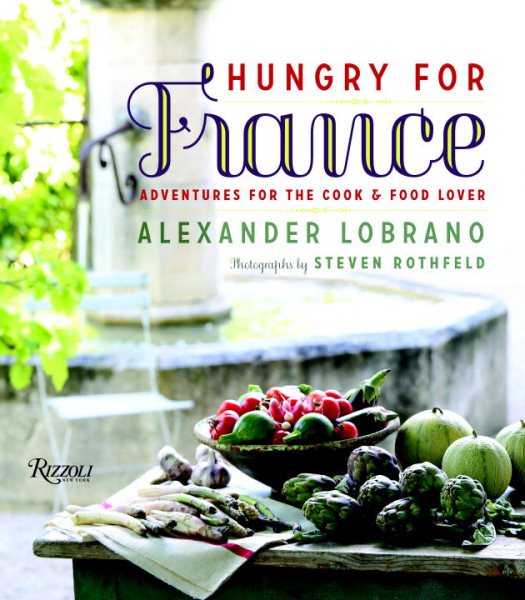
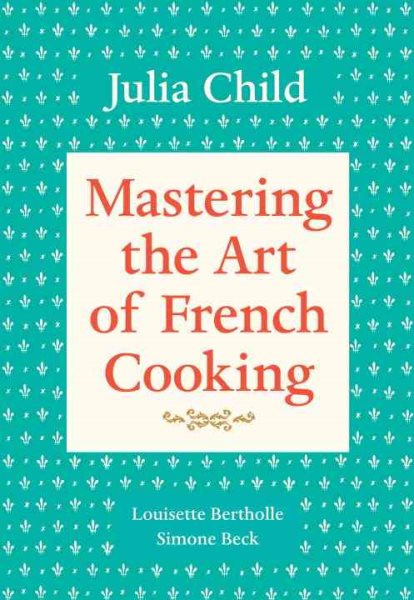 Julia Child’s objective in writing
Julia Child’s objective in writing 
